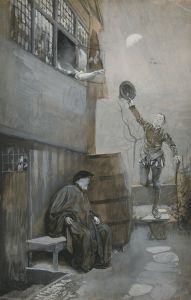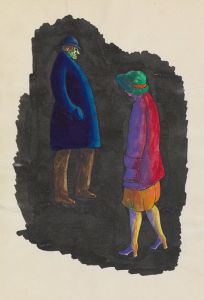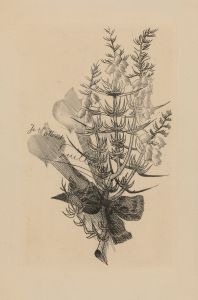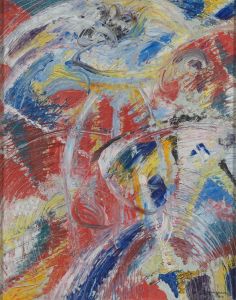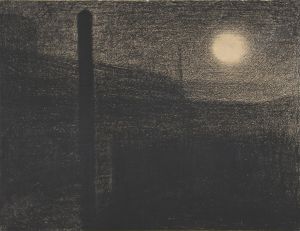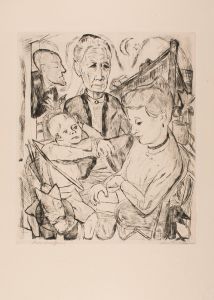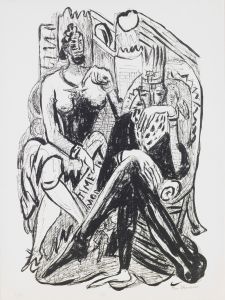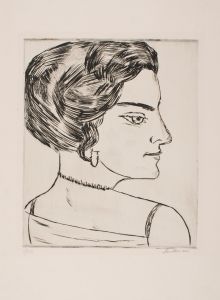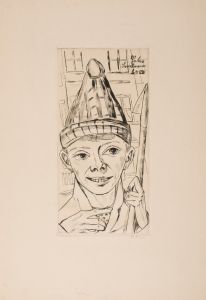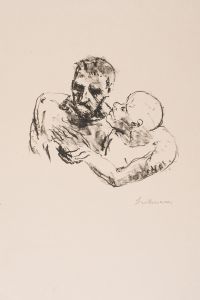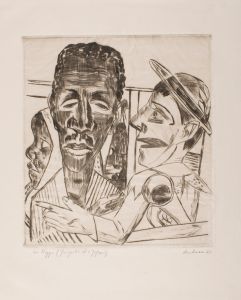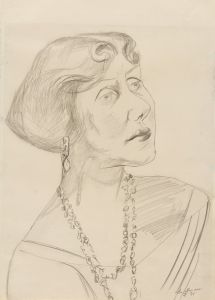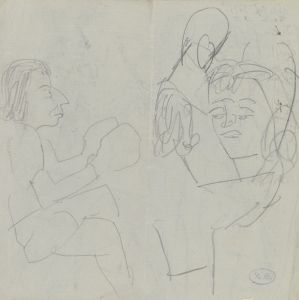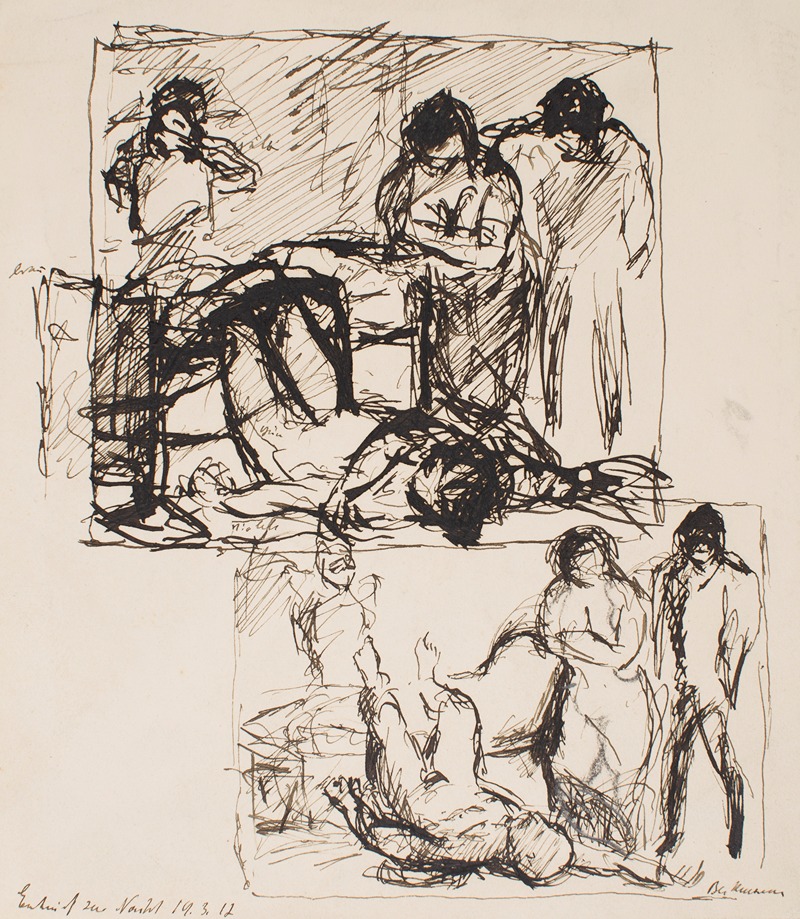
Study for Night ‘1912
A hand-painted replica of Max Beckmann’s masterpiece Study for Night ‘1912, meticulously crafted by professional artists to capture the true essence of the original. Each piece is created with museum-quality canvas and rare mineral pigments, carefully painted by experienced artists with delicate brushstrokes and rich, layered colors to perfectly recreate the texture of the original artwork. Unlike machine-printed reproductions, this hand-painted version brings the painting to life, infused with the artist’s emotions and skill in every stroke. Whether for personal collection or home decoration, it instantly elevates the artistic atmosphere of any space.
Max Beckmann's "Study for Night" (1912) is an important work in the oeuvre of the German painter, who is widely regarded as one of the most significant artists of the 20th century. Beckmann was born on February 12, 1884, in Leipzig, Germany, and his career spanned several tumultuous periods in European history, including both World Wars. His work is often associated with the Expressionist movement, although he himself rejected this label.
"Study for Night" is a preparatory work for one of Beckmann's most famous paintings, "Night" (1918-1919), which depicts a scene of brutal violence and chaos. The study, created in 1912, provides insight into Beckmann's evolving style and thematic concerns during this period. The early 1910s were a transformative time for Beckmann, as he began to move away from the academic realism of his early career towards a more expressive and symbolic approach.
The study is characterized by its dark, foreboding atmosphere and the use of stark contrasts between light and shadow. Beckmann's brushwork is vigorous and dynamic, reflecting the emotional intensity of the subject matter. The composition is tightly packed with figures, creating a sense of claustrophobia and tension. This work foreshadows the more mature style that Beckmann would develop in the following years, marked by a heightened sense of drama and a focus on the human condition.
Beckmann's experiences during World War I had a profound impact on his art. He served as a medical orderly on the front lines, where he witnessed the horrors of war firsthand. This experience led to a mental breakdown and a subsequent shift in his artistic vision. The themes of violence, suffering, and existential angst that are present in "Study for Night" would become central to his work in the post-war period.
"Study for Night" is also notable for its exploration of the human figure. Beckmann's figures are often distorted and exaggerated, reflecting the inner turmoil and psychological complexity of his subjects. This approach is evident in the study, where the figures are rendered with a raw, almost grotesque quality. Beckmann's use of bold, angular lines and fragmented forms creates a sense of disorientation and unease, drawing the viewer into the emotional world of the painting.
In addition to its thematic and stylistic significance, "Study for Night" is an important example of Beckmann's technical skill. His mastery of composition, use of color, and ability to convey complex emotions through his brushwork are all evident in this work. The study demonstrates Beckmann's ability to balance detailed observation with expressive abstraction, creating a powerful and evocative image.
Overall, "Study for Night" is a key work in Max Beckmann's artistic development. It marks a turning point in his career, as he began to explore darker and more complex themes that would define his later work. The study provides valuable insight into Beckmann's creative process and his evolving approach to painting, making it an important piece for understanding the trajectory of his career and the broader context of early 20th-century art.





